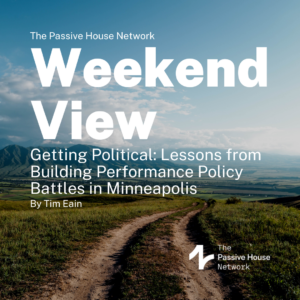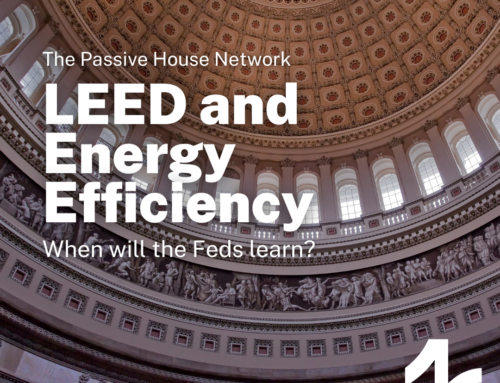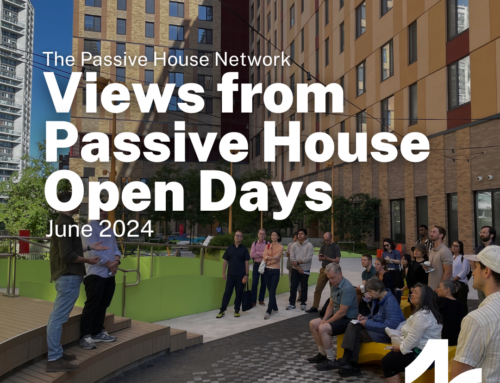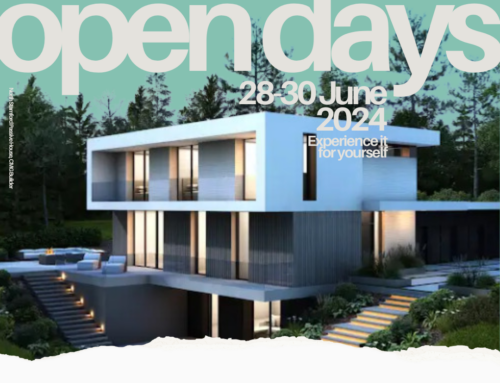Getting Political:
Lessons from Building Performance Policy Battles in Minneapolis
With all the exciting news of the completion of Bright Haus #1, we thought it would be a great time to take a look back at Tim Eain’s presentation on the Minnesota policy battles that he encountered along the way.
Here are Tim’s 10 Steps for Getting Political with Building Performance Policy. Find out how more about how he put each of them into action by watching the video below.
- Make connections within the community and identify stakeholders
- Stay on the lookout for places where local ordinances and policies collide or hinder the development of Passive House projects
- Be proactive! Collaborate with local stakeholders and–when appropriate–pitch ideas
- Attend important meetings
- Stay in sync with important policy proposals
- Identify key issues and craft strong narrative talking points
- Utilize platforms for information sharing, outreach, and collaborations; engage people in the local, national, and international Passive House community, and expand the network beyond Passive House
- Mount a campaign
- Deliver meaningful and coordinated feedback, offering solutions and know-how
- Follow up with the stakeholders and check in on progress and next step opportunities
As Tim shows us, policy change doesn’t just happen. It’s the result of a coordinated, dedicated effort to educate the public and change the conversation, and it’s easier to do with a team of like-minded Passive House enthusiasts. We invite you to make connections and continue the conversation during our 2023 PHN Conference online and in Denver on September 28 and October 4-5. Build your Passive House Network and bring Passive House policy to a neighborhood near you. Register now. We’ll see you there!





